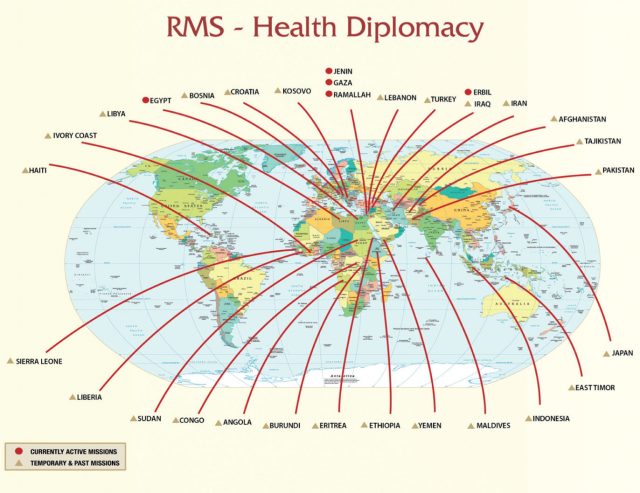
Almanac
Jordan, Hashemite Kingdom of
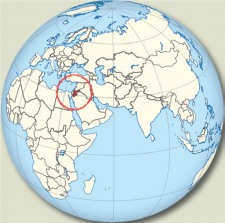
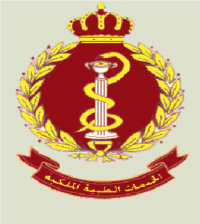
Surgeon General
Dr. Shawkat AL TAMIMI
Major General
P.O. Box 122
ZIP 11855
Dahyeat Al-Amear Rashed
Amman
JORDAN
Basic Task of the Military Medical Service
The Royal Medical Services (RMS) provides medical support to the forces in operations. It is also one of the leading health authorities in Jordan, which plays a distinguished role in the Jordan health system and in all aspects of medical and health care levels, at national and international levels.
• Royal Medical Services provides comprehensive and tertiary health care.
• Treat more than 1/3 of Jordan’s population (more than 2 million military personnel and civilian).
• Preserving the health of the officers and soldiers of the Jordan Armed and different security forces.
• Providing tactical medical support for JAF unites.
• Providing medical support during allied military exercises.
• Treatment of complicated medical cases referred by the other health sectors in Jordan.
• Coordination with the Ministry of Health & Private Health Sector on issues of public health concern.
Structure
RMS operates:
• 10 specialized and general hospitals distributed throughout the country.
• 1 new hospital is under the handover process.
• 11 primary health care facilities in remote underprivileged areas.
• 6 Field Hospitals in remote and underprivileged areas in Jordan.
• 7 Military Medical Battalions.
RMS operates 4 Military Academies:
• Princess Muna College of Nursing.
• RMS College for Allied Health Professions.
• The Institute of Biomedical Technology.
• National Emergency Medical Services Education Centre.
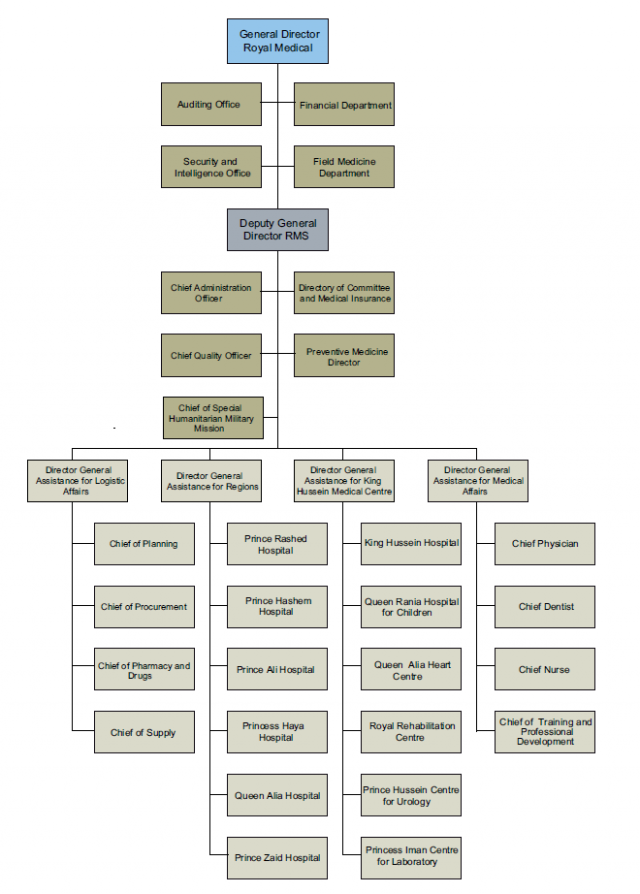
Military Hospitals
King Hussein Medical Centre is the largest and most prestigious multidisciplinary medical institution in Jordan dedicated to providing the utmost in patient care and professional training with a capacity of 1414 beds Although a military hospital, it offers its services to military personnel and their families as well as civilian citizens from Jordan and beyond. It has an excellent emergency department with three nearby helipads and is at the forefront of all mass casualty situations in the country.
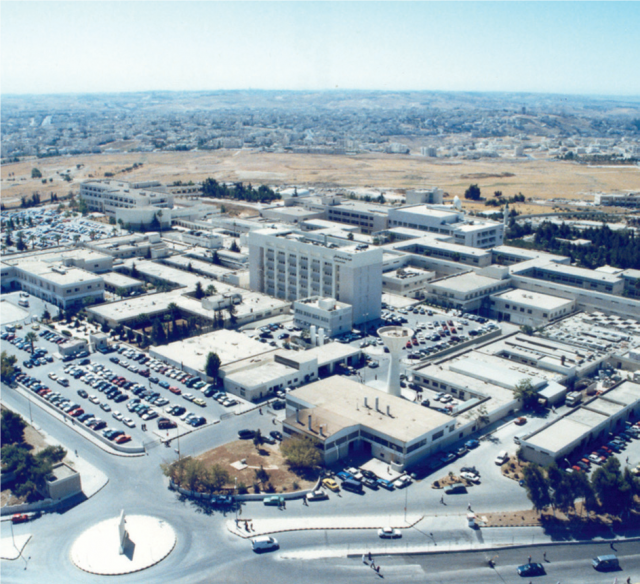 King Hussein Medical Centre
King Hussein Medical Centre
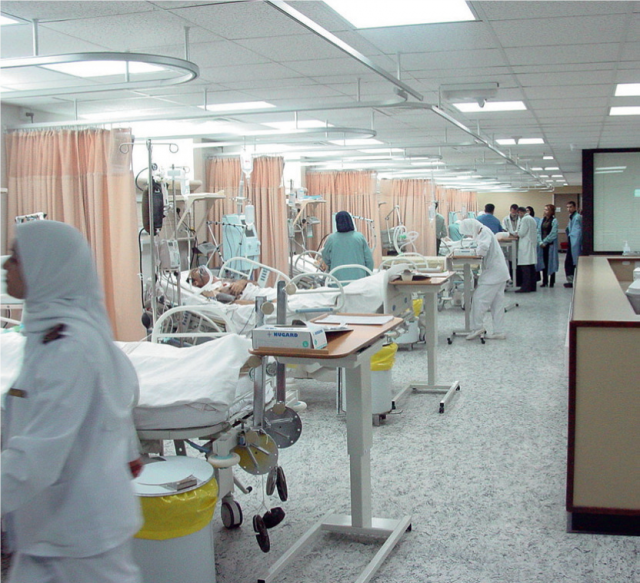 ICU at King Hussein Medical Centre
ICU at King Hussein Medical Centre
It is comprised of six centres:
1. Al-Hussein Hospital (1973)
It is the largest hospital with a capacity of 720 beds and accommodates 60 beds Emergency Department.
2. Royal Rehabilitation Centre RRC (1983)
RRC is the only centre dedicated to total rehabilitation improving the physical and psychological effects of the disability. The orthotic, orthopaedic, rehabilitation medicine, plastic and reconstructive, burn unit, and speech therapy services are impressive in this centre.
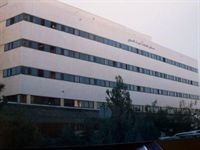
3. Queen Alia Heart Institute QAHI (1983)
QAHI is the only centre offers complete and comprehensive cardiac services to all sectors of the population of Jordan as well as patients from neighbouring countries. It has a capacity of 178 beds.
4. Prince Hussein Centre for Urology and Organ Transplant PHCUOT (2000)
The centre has the latest equipment for the management of kidney, ureter, and bladder disorders. It offers non-invasive treatment of benign prostatic hyperplasia as well as the most recent investigative tools of bladder physiology and erectile dysfunction. It hosts the Jordan Society for Encouraging Organ Transplantation.
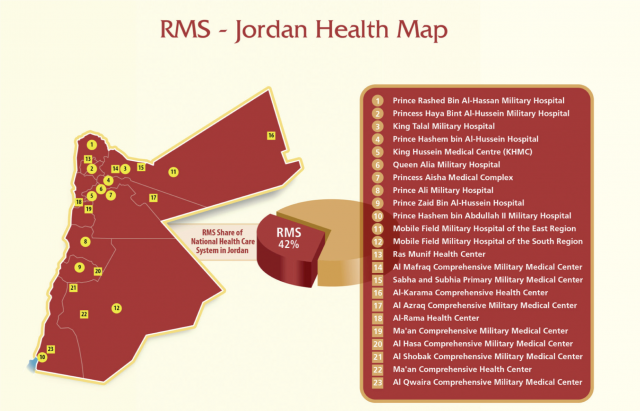
5. Queen Rania Hospital for Children/Pediatric Hospital (2009)
This is the first hospital of its kind in Jordan. It has a capacity of 202 beds. It includes Bone Marrow Transplantation Unit, Dialysis and Kidney Treatment Unit as well as the Infant/Neonatal Section. It accommodates all sub-specialities in paediatrics medicine and surgery.
6. Princess Iman Research and Laboratory Science Centre (2002)
It provides RMS with the latest and up-to-date laboratory services in pathology, laboratory medicine, electron microscopy, cytopathology, clinical chemistry, haematology, microbiology, virology, immunology and in the near future genetic and molecular biology.
Princess Aisha Military Medical Complex (1948) (Marka)
Located in East Amman and consists of:
• Psychiatry hospital with a capacity of 34 beds
• Royal Medical Services College for Allied Health Professions
• Health Center
Prince Hashem Bin Al Hussein Military Hospital (1963) is located in Zarqa. It was recently renovated and its capacity expanded to 421 beds. The occupancy rate is 70%, accommodates 16.000 annual admissions and almost 3600 operations a year. Includes 10 renal Dialysis units, laboratory and radiology investigations strongly support all the other medical services.
Prince Rashid Bin Al-Hassan Hospital (1966) is a general hospital with a capacity of 500 beds.
It is a teaching hospital for the University of Science and Technology Medical and Nursing students. Located in Irbid, in the north of Jordan, with an occupancy rate of 85%, accommodates 22.000 annual admissions and almost 6000 operations in a year. The hospital is equipped with a helipad for medical evacuation.
Prince Ali Bin Al Hussein Military Hospital (1981)
Is a general hospital located in Karak, south of Jordan, with a capacity of 150 beds, It hosts all sub-specialities in all branches of medicine and surgery. A teaching hospital for the University of Mu'ta Medical and Nursing students. It is a very busy hospital with an occupancy rate of 75 %.
Queen Alia Military Hospital (1987) (Amman)
1. It has a capacity of 258 beds hospital and is currently undergoing a comprehensive rehabilitation along with outpatient’s clinics and 40 Hemodialysis units.
2. Oncology Centre: 140-bed comprehensive Oncology centre that comprises 40 chemotherapy units, 4 linear accelerator and 8 ICU beds in addition to three operating rooms and three Bone Marrow Transplant facilities.
Prince Zaid Bin Al Hussein Military Hospital (1992)
Is the only district general hospital with a capacity of 86 beds located in Tafileh, in the south of Jordan and serves the whole population in the region.
This facility has a 6 bed Intensive Care Unit, a 4-bed emergency section with a minor operating room and a recovery room. It is a well-equipped modern hospital with Dialysis Unit, Renal Unit, and Out-Patient Clinics.
Prince Hashem bin Abdulla II Hospital (2013)
Is the only public hospital in the district of Aqaba, a Red Seaport. It has a capacity of 240 beds. In addition to being a district general hospital, it houses a12 seat Hyperbaric Chamber that fits with the location of the hospital being a sea resort.
King Talal Military Hospital (2016)
Is a general hospital, located in Mafraq, and provides the population of Northeast Badia of Jordan and the surrounding areas with a capacity of 150 beds. The hospital inaugurated at 1. August 2016.
Princess Haya Bent Al-Hussein Military Hospital
Is a general hospital, located in Ajlun, Northeast of Jordan with a capacity of 150 beds. The hospital is to be inaugurated in the near future.
RMS Pioneers in Jordan in:
• Open Heart Surgery.
• Kidney Transplant.
• Transplant of Limbs.
• Balloon Dilatation of Coronary Arteries.
• Heart Transplantation.
• Balloon Dilatation of Cardiac Valves.
• Using ultrasound waves in Neurosurgery.
• Artificial Joints.
• Coronary Artery Stinting.
• Microscopic Surgery.
• Teeth Implementation.
• Bone Marrow Transplantation.
• Cardiac Lung Transplantation.
• Treatment of Brain Artery Haemorrhage by catheterization (without surgery).
• Introducing Brain Navigator.
• Treatment of Brain Artery Stenosis by catheterization.
Field Deployments
In addition to Primary Care, Field Medicine Department provides services in Aviation Medicine, Diving and Hyperbaric Medicine, Combat & non-combat Battle Field Injuries, and Force health protection in collaboration with Preventive Medicine Department. Field medicine is also responsible for deploying field hospitals/medical teams to support Peace Keeping Forces and humanitarian missions to disastrous areas.
Field Hospitals
Field Medicine Department design and supervise the assembly of mobile field hospitals in collaboration with a local company. The Field Hospital is composed of eight trailers, containing medical and dental clinics, two operation rooms, ICU, two medical wards, pharmacy, laboratory, X-Ray, sterilization Unit, kitchen and laundry.
Aero-Medical Evacuation
A well-organized Aero-Medical Evacuation Centre was established in 1987, it is the only medical facility in Jordan responsible for round the clock aero-medical evacuation of military and civilian patients on a national and international scale. An aeromedical evacuation centre is manned by flight surgeons, flight nurses and paramedics and is equipped with advanced and specialized medical kits including a mobile ICU. The rescue flights utilize both rotary and fixed-wing aircraft of the RJAF.
Deployment outside Jordan:
Since 1989 – Number 1 in MENA Region
Role 1, 2 and 3 Surgical Hospitals:
- Afghanistan Deployment since 2002.
- Iraq (Fallujah) Deployment in 2003.
- Jenin and Ramallah (West Bank). Deployment since 2001.
- Gaza Deployment since 2009.
Worldwide deployments with United Nations Missions:
- Republic of Liberia, Level 3 (since 2003).
- Democratic Republic of the Congo, Level 2 (since 2006).
- Republic of Haiti, Level 1 (since 2004).
- Republic of Côte d'Ivoire, Level 1 (since 2005).
- Republic of Burundi, Level 2 (deployed from 2004 and closed 2006).
- Republic of Sierra Leone, Level 3 (deployed from 2001 and closed 2005).
- State of Eritrea, Level 1 and 2 (deployed from 2000 and closed 2008).
Humanitarian Missions to natural disaster areas:
- Islamic Republic of Iran.
- Islamic Republic of Pakistan.
- Republic of Lebanon.
- Republic of Turkey.
- Republic of Maldives.
- Republic of Indonesia.
- Democratic Republic of Timor-Leste.
